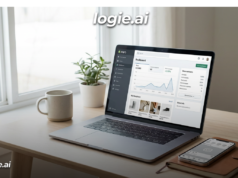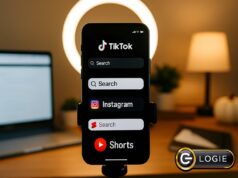If you create educational content on YouTube, your videos might already be helping students learn in classrooms worldwide.
YouTube’s Player for Education program is changing how schools access your content and how you get paid for it. Here’s everything you need to know, straight from YouTube
How Player for Education Works
For Viewers (Schools & Students)
- Teachers embed their videos directly into digital learning tools
- Ad-free experience: No distractions from lessons
- Enhanced privacy: No targeted recommendations or comments
For Creators
- Your existing videos may already be used if embedding is enabled
- No special uploads required
- Earn through watch time licensing (not ads)
3 Key Facts Straight from YouTube
- Opt-In is Automatic
- If embedding is enabled, your content is eligible
- No separate application needed
- Payment is Performance-Based
- Earnings come from educational partners’ licensing fees
- Paid based on your share of monthly watch time
- Full Creator Control
- Restrict embedding anytime in YouTube Studio
- Payment terms are optional (but required to earn)
Your Action Plan
If You Want to Participate
- Enable embedding (if not already on):
- YouTube Studio → Settings → Permissions
- Wait for YouTube’s invitation (monthly batches):
- Check: Earn → More ways to earn → Player for Education
- Track performance:
- Filter Analytics by “Player type: Education”
If You Prefer to Opt Out
- Disable embedding for specific videos
- No penalty for non-participation
What Schools See (And Don’t See)
✅ Can Access:
- Your video content
- Descriptions and chapters
❌ Can’t Access:
- Ads or external links
- Recommended videos sidebar
- Comments section
Real Talk: The Pros and Cons
The Upside
- New revenue stream without ad pressure
- Content reaches students who need it most
- Builds long-term educational authority
The Limitations
- Payments depend on institutional demand.
- Requires a signed contract to earn
- Analytics is less detailed than the main dashboard
Smart Strategies for EDU Creators
- Optimize Existing Content
- Add clear timestamps (e.g., “00:00 Introduction”)
- Use school-friendly titles (“Cell Division Explained”)
- Create for Classroom Use
- 7-15 minute “lesson-sized” videos perform best
- Avoid brand promotions in educational content
- Spread the Word
- Mention in descriptions: “Available for classroom embedding”
- Share with teacher communities (responsibly)
Where to Find Your Data
Earnings:
- Appear monthly in AdSense
- Labelled “Player for Education”
Performance:
- YouTube Studio → Analytics → Advanced Mode
- Filter by “Player type”
Conclusion: Is YouTube’s Education Player Right for You?
The Player for Education represents a meaningful shift in how educational content reaches classrooms and how creators are rewarded for their expertise.
While it won’t replace ad revenue overnight, it offers arguably more valuable: sustainable income tied directly to educational impact.
For creators who:
✔️ Teach complex concepts
✔️ Prioritize evergreen, curriculum-aligned content
✔️ Want their work to reach students authentically
This program is worth embracing. Enable embedding, watch for your invite, and consider optimizing older videos for classroom use.
For everyone else? The choice remains yours, YouTube’s made sure of that.
What’s your take? Will you optimize for classrooms, or stick to traditional formats? Share your thoughts in the comments.









